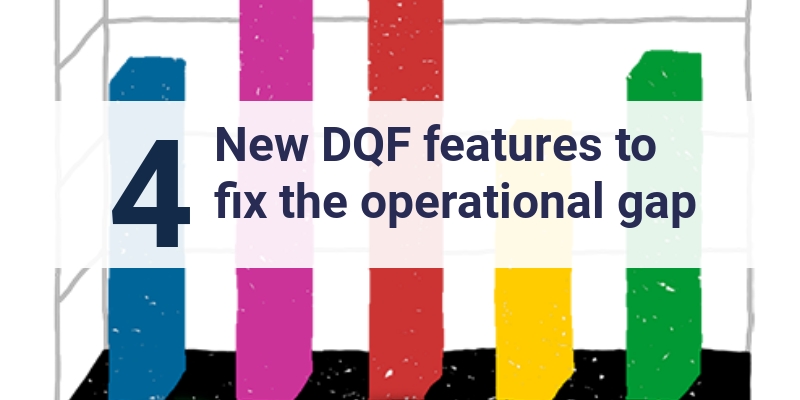Eight Years of DQF Bring Us Closer to Fixing the Operational Gap
07/01/2019

Close to 200 million words have been processed by DQF in the past year. Thousands of translators and reviewers have DQF plugged into their work environment. Now with BI Bulletins, Confidence Score, MY DQF Toolbox and DQF Reviewer, it is bringing the industry one step closer to ficing the operational gap.
Author

Jaap van der Meer founded TAUS in 2004. He is a language industry pioneer and visionary, who started his first translation company, INK, in The Netherlands in 1980. Jaap is a regular speaker at conferences and author of many articles about technologies, translation and globalization trends.
Related Articles
 by Dace Dzeguze
by Dace Dzeguze05/03/2020
It's now possible for DQF users on SDL Trados Studio to send metadata-only and still be able to generate detailed quality evaluation reports on the DQF Dashboard.
 by Milica Panić
by Milica Panić03/03/2020
Data are the key to process improvements, quality control, and automation, and they can be collected in a GDPR-compliant way. Learn how TAUS DQF treats your personal data.
 by Dace Dzeguze
by Dace Dzeguze25/02/2020
What is quality assurance? How can you do translation quality assurance in the most efficient and data-oriented way?


